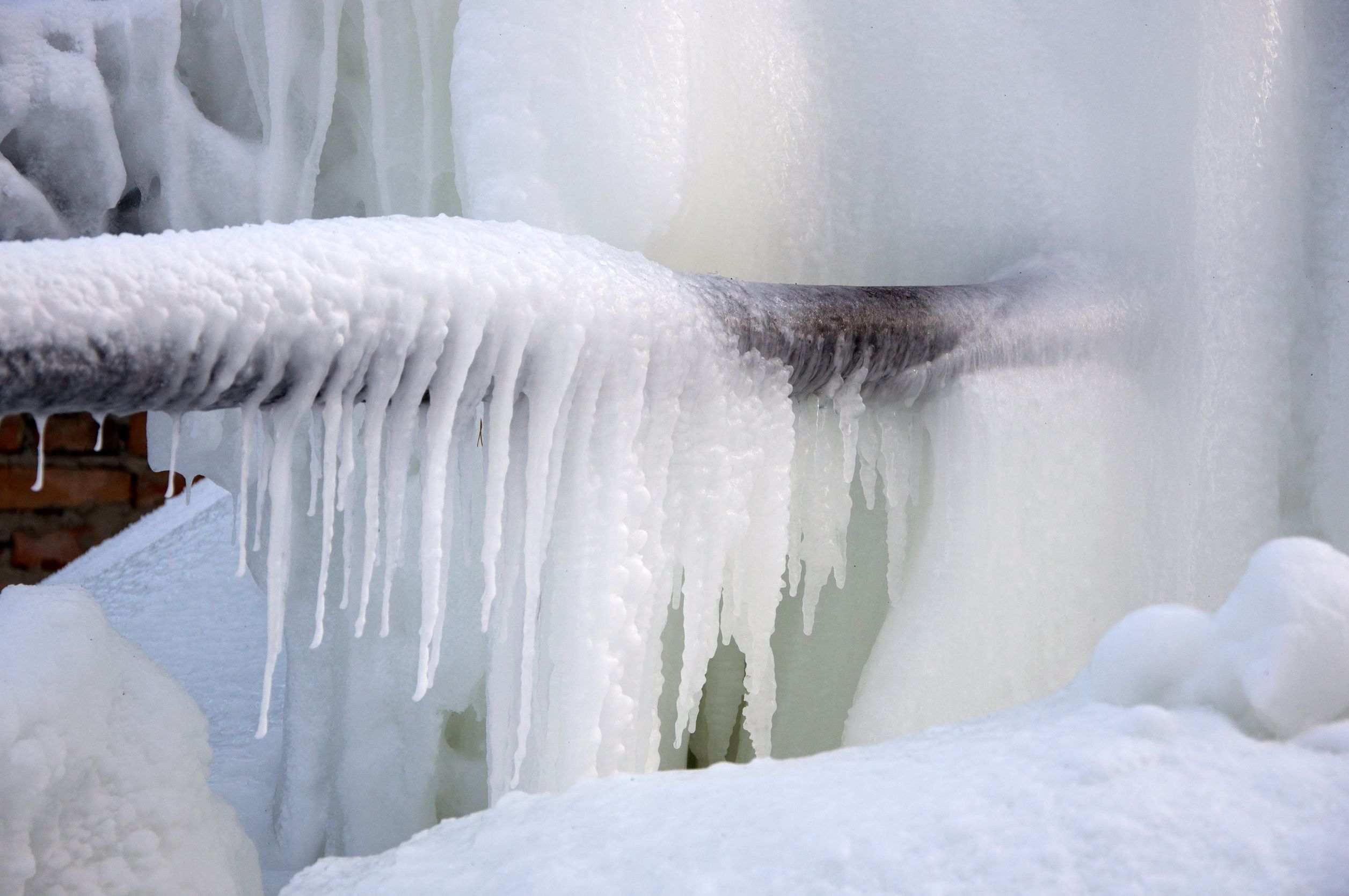Critical Strategies for Avoiding Frozen Pipes in Winter
Critical Strategies for Avoiding Frozen Pipes in Winter
Blog Article
Listed here further down you will discover a lot of worthwhile guidance relating to How to prepare your home plumbing for winter weather.

Cold weather can damage your plumbing, specifically by freezing pipelines. Right here's exactly how to avoid it from occurring and what to do if it does.
Introduction
As temperature levels decline, the danger of frozen pipelines increases, possibly resulting in pricey repair services and water damage. Recognizing how to avoid frozen pipelines is vital for home owners in cold environments.
Prevention Tips
Protecting vulnerable pipes
Cover pipelines in insulation sleeves or use warmth tape to safeguard them from freezing temperature levels. Concentrate on pipes in unheated or exterior areas of the home.
Heating techniques
Keep interior rooms appropriately warmed, specifically areas with plumbing. Open cupboard doors to enable warm air to distribute around pipelines under sinks.
How to identify icy pipes
Seek decreased water circulation from faucets, uncommon odors or noises from pipelines, and visible frost on revealed pipes.
Long-Term Solutions
Architectural modifications
Consider rerouting pipes far from exterior walls or unheated areas. Include extra insulation to attics, cellars, and crawl spaces.
Upgrading insulation
Buy high-grade insulation for pipes, attic rooms, and walls. Proper insulation assists preserve regular temperatures and decreases the threat of icy pipelines.
Shielding Outdoor Pipes
Yard tubes and outdoor faucets
Disconnect and drain pipes yard tubes prior to winter. Install frost-proof spigots or cover exterior taps with shielded caps.
Recognizing Frozen Pipelines
What creates pipelines to ice up?
Pipelines ice up when subjected to temperatures listed below 32 ° F (0 ° C) for prolonged periods. As water inside the pipes freezes, it increases, taxing the pipeline wall surfaces and possibly triggering them to break.
Dangers and damages
Frozen pipes can bring about supply of water interruptions, home damage, and pricey repair services. Ruptured pipelines can flooding homes and cause substantial structural damages.
Indicators of Frozen Piping
Determining frozen pipes early can avoid them from bursting.
What to Do If Your Pipelines Freeze
Immediate actions to take
If you suspect icy pipelines, maintain taps available to soothe pressure as the ice melts. Make use of a hairdryer or towels soaked in warm water to thaw pipelines slowly.
Final thought
Protecting against icy pipes needs positive measures and quick responses. By understanding the causes, indications, and safety nets, house owners can shield their pipes during cold weather.
6 Proven Ways to Prevent Frozen Pipes and Protect Your Home
Disconnect and Drain Garden Hoses
Before winter arrives, start by disconnecting your garden hoses and draining any remaining water. Close the shut-off valves that supply outdoor hose bibs and leave the outdoor faucet open to allow any residual water to drain. For extra protection, consider using faucet covers throughout the colder months. It’s also important to drain water from any sprinkler supply lines following the manufacturer’s directions.
Insulate Exposed Pipes
Insulating your pipes is an effective way to prevent freezing. Pipe insulation is readily available at home improvement stores and is relatively inexpensive. Pay close attention to pipes in unheated areas such as the attic, basement, crawl spaces, or garage. Apply foam insulation generously to create a buffer against the cold. You can also wrap your pipes in heat tape or thermostat-controlled heat cables for added warmth.
Seal Air Leaks
Inspect your home for any cracks or openings that could let in cold air. Seal any holes around the piping in interior or exterior walls, as well as the sill plates where your home rests on its foundation. Additionally, make sure to keep your garage door closed unless you’re entering or exiting. Leaving it open creates a significant air leak that can lead to frozen pipes.
Allow Warm Air Circulation
During cold snaps, it’s essential to allow warm air to circulate evenly throughout your home. Leave interior doors ajar to promote better airflow. Open kitchen and bathroom cabinets to help distribute heat consistently around the rooms. If you have small children or pets, be sure to remove any household chemicals or potentially harmful cleaners from open cabinets for safety.
Let Faucets Drip
A small trickle of water can make a big difference in preventing ice formation inside your pipes. When temperatures drop significantly, start a drip of water from all faucets served by exposed pipes. This continuous flow helps prevent the water from freezing. Additionally, running a few faucets slightly can relieve pressure inside the pipes, reducing the chances of a rupture if the water inside does freeze.
https://choateshvac.com/6-proven-ways-to-prevent-frozen-pipes-and-protect-your-home/

Hopefully you enjoyed our part on How To Avoid Freezing Pipes. Thanks so much for finding the time to read through our posting. Sharing is good. Helping people is fun. We appreciate reading our article about Winter Plumbing Precautions: Preventing Frozen Pipes.
Call Today Report this page